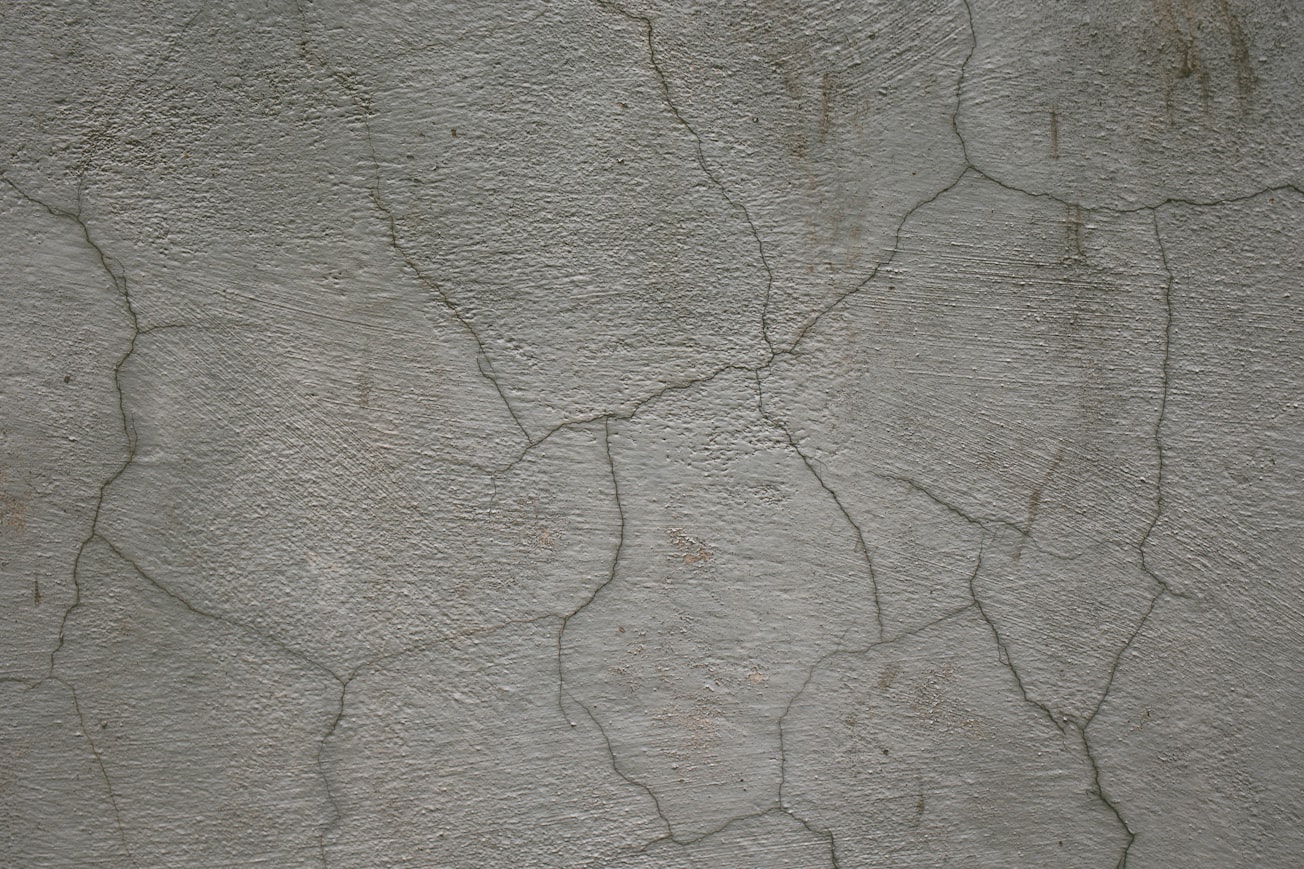What is it about?
High-performance concrete (HPC) is concrete that has been designed to be more durable and, if necessary, stronger than conventional concrete. HPC is made with low water/binder ratio (ratio of the mass of water to that of cement and fly ash), so that the early-age cracking is more likely to occur. The use of fly ash (FA), the principal industrial waste byproduct from the burning of solid fuels, as a cement substitute can help to improve the durability of HPC while lowering CO2 production and clinker factor. To optimize the FA HPC, super absorbent polymers (SAPs), an effective internal curing material that can quickly absorb and store water, were also used for better curing and a faster rate of hydration. The current study used a temperature stress test machine to look into the cracking possibility of HPC with FA and SAPs at early age (usually before 28 days). According to test results and related analysis, the cracking potential was decreased by using SAPs.
Featured Image

Photo by Vladislav Nikonov on Unsplash
Why is it important?
The application of fly ash (FA) as a cement replacement can contribute positively, including reducing the CO2 production and clinker factor per cubic yard of concrete and improving the durability of high-performance concrete (HPC). The FA HPC has shown great improvement in controlling heat generation and reducing autogenous shrinkage, thus effectively mitigating the early-age cracking potential. The existing technical code and requirements specify that the quantity of FA should be less than 35% in structural concrete. However, the increasing restrictions on carbon emissions were demanding higher FA replacement levels in concrete. Therefore, the application of the internal curing method for FA HPC with higher replacement levels has attracted public attention to overcome the limitations. Internal curing is a technique providing extra curing water uniformly in concrete to assist in the compensation for the relative humidity loss. FA and internal curing are complementary in improving the behavior of concrete. Therefore, the assessment of whether and how super absorbent polymers (SAPs) affect the early-age cracking potential of FA HPC is significant. Early-age tensile creep is the time-dependent deformation resulting from the sustained shrinkage stress in restrained concrete, and is closely correlated with the micro-cracking of early-age concrete. Investigations of early-age tensile creep are a key step for the in-depth analysis of the cracking potential of concrete. Temperature Stress Test Machine is developed for the investigation of the early-age behavior and cracking potential of concrete. Measurements of temperature variations as well as the stress development of concrete under adiabatic conditions and controllable uniaxial restraint are available, and calculations of shrinkage and tensile creep can be obtained. Previously, researchers have carried out studies on the properties of HPC with FA and SAPs, such as autogenous shrinkage, residual tensile stress, and microstructure analyses. However, investigations devoted to the early-age cracking potential of FA HPC internally cured with SAPs based on the comprehensive analyses of temperature, shrinkage, stress, and creep behavior remain lacking. Therefore, the early-age behavior of real concrete was simulated under adiabatic conditions and uniaxial constant restraint degree by utilizing Temperature Stress Test Machine in the current study. The effect of internal curing by SAPs on the early-age cracking potential of FA HPC was studied in depth through comprehensive analyses.
Read the Original
This page is a summary of: Early-Age Cracking Potential of Fly Ash High Performance Concrete Internally Cured with Super Absorbent Polymers, Journal of Testing and Evaluation, February 2023, ASTM International,
DOI: 10.1520/jte20220421.
You can read the full text:
Contributors
The following have contributed to this page







